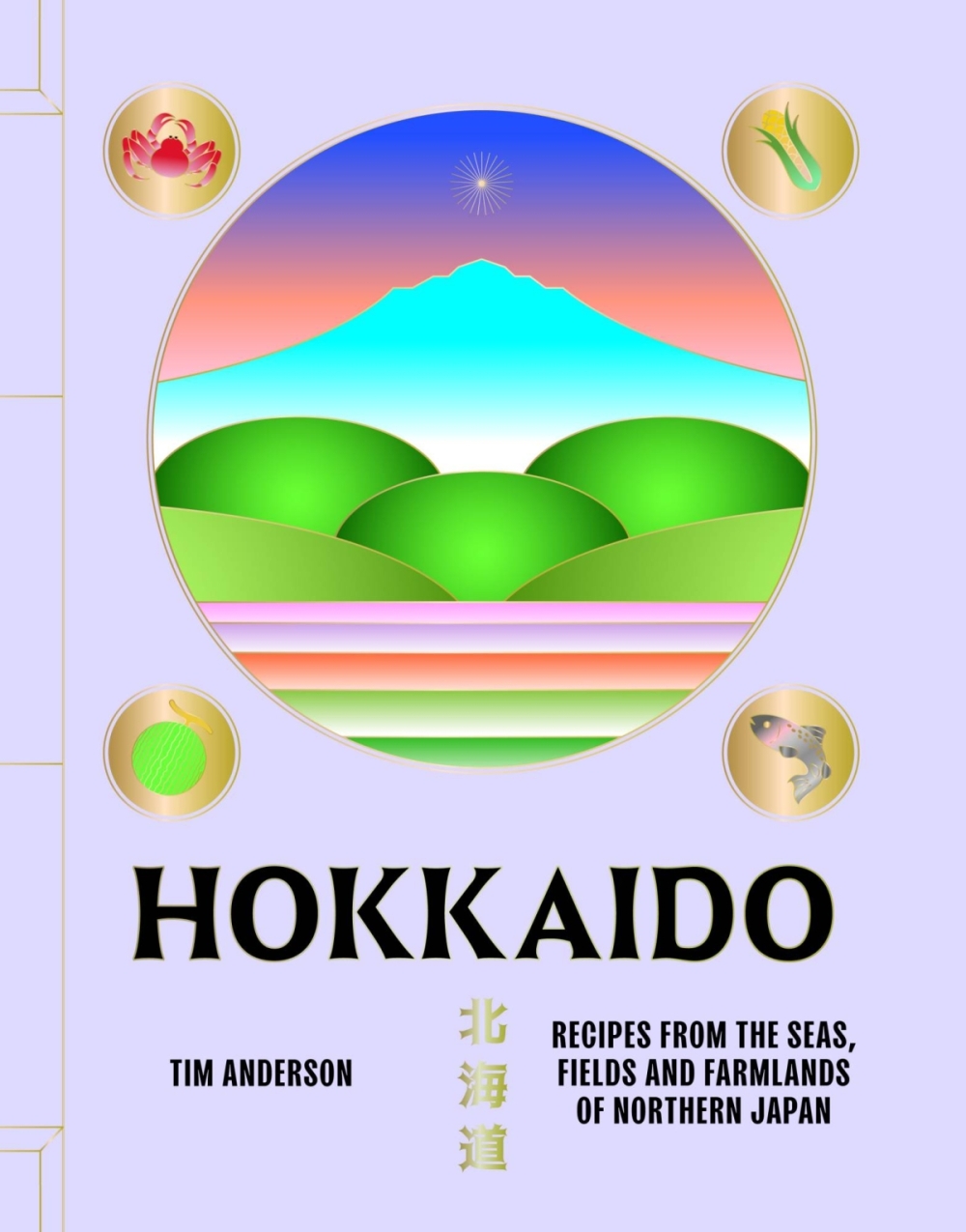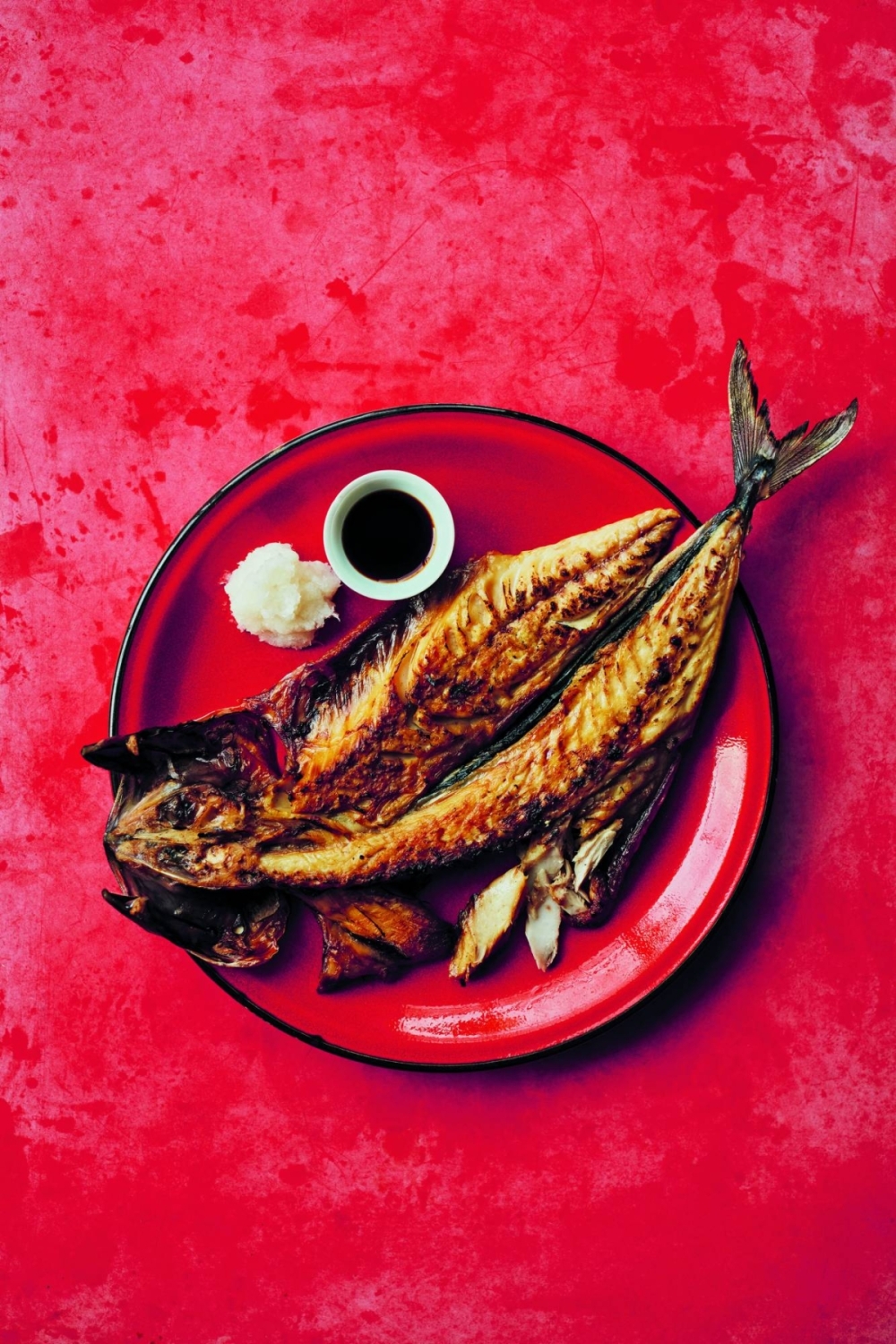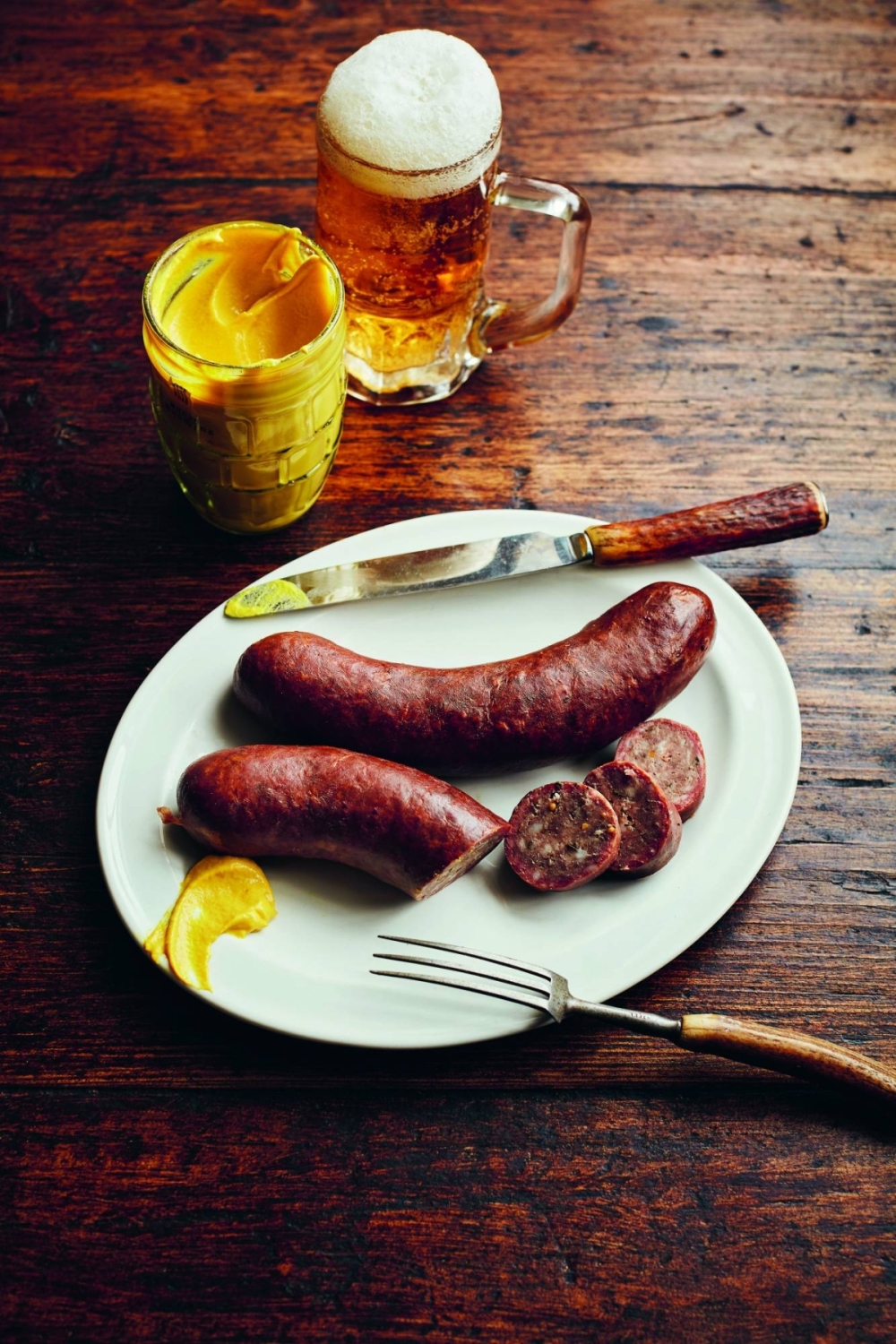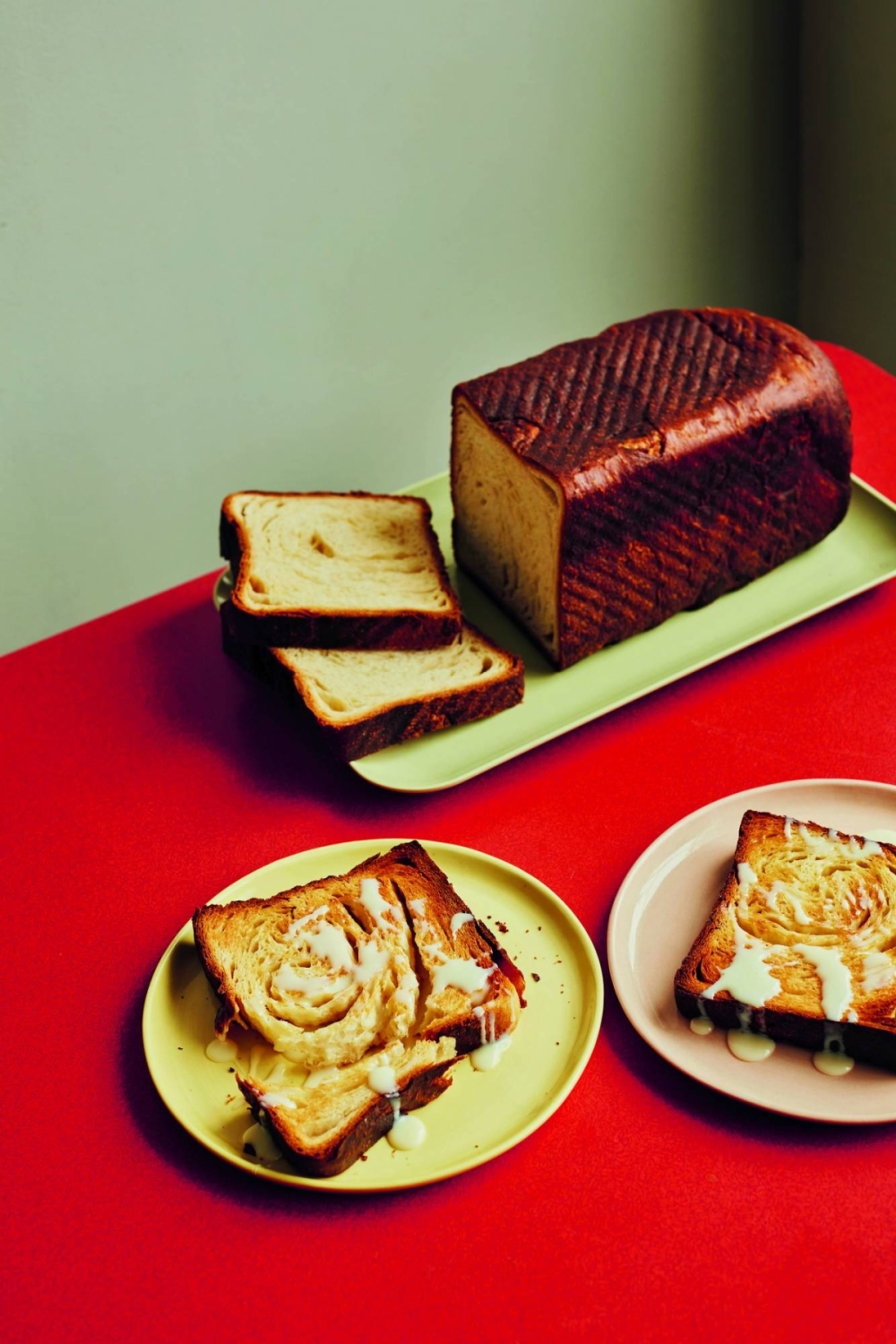What does a former “MasterChef U.K.” winner know about the foods of farthest-flung northern Japan? A whole bunch, it turns out.
Available from Oct. 29, “Hokkaido: Recipes from the Seas, Fields and Farmlands of Northern Japan” is author, chef and food museum enthusiast Tim Anderson’s upcoming cookbook on the cuisine and culinary history of Japan’s vast and most recently incorporated prefecture. The cookbook covers a lot, but its strength is in presenting Japan’s largest prefecture as a detailed tapestry via straightforward recipes, some of which you may have heard of: Hokkaido ramen (Sapporo, Asahikawa and Hakodate styles are all featured), ishikari nabe (salmon hot pot) and Ainu ohaw soup. Others though, you almost certainly will not be familiar with, such as rataskep (vegetable and bean stew), “Jun Dogs” (smoky frankfurters or fried shrimp wrapped in rice) or Hakodate’s buttery and meaty “Cisco rice.”
“Those are my favorite things,” Anderson tells The Japan Times.
Before ever dreaming of cooking professionally, Anderson had an academic history in food. His first trip to Japan in 2005 while attending college in Los Angeles was thanks to a research grant to study local foods.
“I pitched a project about noodles, but what it wound-up being about was food museums,” he says of the trip that took him all the way from the Shin-Yokohama Ramen Museum to the Sapporo Beer Museum.
After graduation, Anderson found himself back again in Japan for a stint teaching in Kitakyushu before following his eventual wife back to her native Britain.
“I was not totally sure we’d settle there, but then, basically, I went on ‘MasterChef’ and won that in 2011,” he says.
On the back of this success, he went on to open his first restaurant, Nanban, in a borough of London.
“The restaurant opened in 2015, and I was originally doing food from Kyushu but quickly started to mix it up with food from (a local market).”
As time passed, Anderson explains how he came to realize that while food was his passion, it wasn’t necessarily being in the kitchen 24-7 that excited him, and when the opportunity to break into cookbook writing arose (he now has nine to his name), he jumped at it.
“I was always a little bit frustrated that I couldn’t make the menus longer so that I could almost make encyclopedia-like entries about each dish. The books were lucky for me to have the opportunity to write because they were something that I am much more suited to doing, and they allow me to express what I want to say about the food more.”
In “Hokkaido,” however, it’s not just the prefecture’s food that occupies Anderson, but the culture underpinning it. The cookbook touches on issues related to the loss of cultural memory in the face of assimilation: Readers are welcomed with the Ainu greeting “Irankarapte,” which contrasts with the next chapter beginning with the proclamation “Don’t call it a frontier.” The northward spread of industrial farming and the decline of biodiversity in taming the vast wilderness of Hokkaido is shown as analogous to the subjugation of its peoples.
“Positioning Hokkaido as a frontier is to portray it as historically empty — land that was simply ‘discovered’ by the imperial government,” Anderson says. “The reality is that Hokkaido was already home to the Ainu and other indigenous groups.”
Of their diets, Anderson writes: “Historically, the Ainu are known to have eaten at least 500 different varieties of plants, not to mention dozens of land and sea animals.”
These include delicate dried hamanasu rosehip used to fortify rice, haskap (blue honeysuckle) berries, giant lily bulbs for starch and the stalks of oversized butterburs simmered until tender. Hokkaido also hosts a stunning variety of proteins: salmon and deer you might expect, but sea otters and Ezo squirrels? Anderson also notes that perhaps the biggest influence the Ainu culture exerted was in the use of umami-rich kombu, which is now a cornerstone of Japanese cuisine.
“There is evidence to suggest the Ainu introduced kombu to Japanese gastronomy,” Anderson says.
It’s not as if Anderson presents Hokkaido exclusively as a land of exotic delights, though.
“Hokkaido milk is great,” says the native of Wisconsin, a U.S. state with its own proud history of dairy. “Hokkaido butter and ice cream — I can't think of many other places that would claim such a dairy culture.”
In “Hokkaido,” Anderson covers everything: savory cheese-filled potato mochi dumplings and cream croquettes; liminal chocolate-covered potato chips; and sweet fresh milk ice cream, melon cream puffs, milk purin (pudding), “snowmelt” cheesecake and, of course, Hokkaido’s famous laminated milk bread.
Aside from its culinary value, the design of “Hokkaido” is stunning as well, with layouts from long-time collaborator Evi O and studio photographs by Laura Edwards. It embodies what the best cookbooks should be: good coffee table books.
“With this (cookbook), I think I might have been a little bit difficult to work with because I was very specific about the sort of things I wanted, down to the colors and layout,” Anderson says of the lavender and gold embossed palette. “I know Hokkaido is a special place to a lot of people for a lot of reasons. I hope I do it justice.”


























With your current subscription plan you can comment on stories. However, before writing your first comment, please create a display name in the Profile section of your subscriber account page.